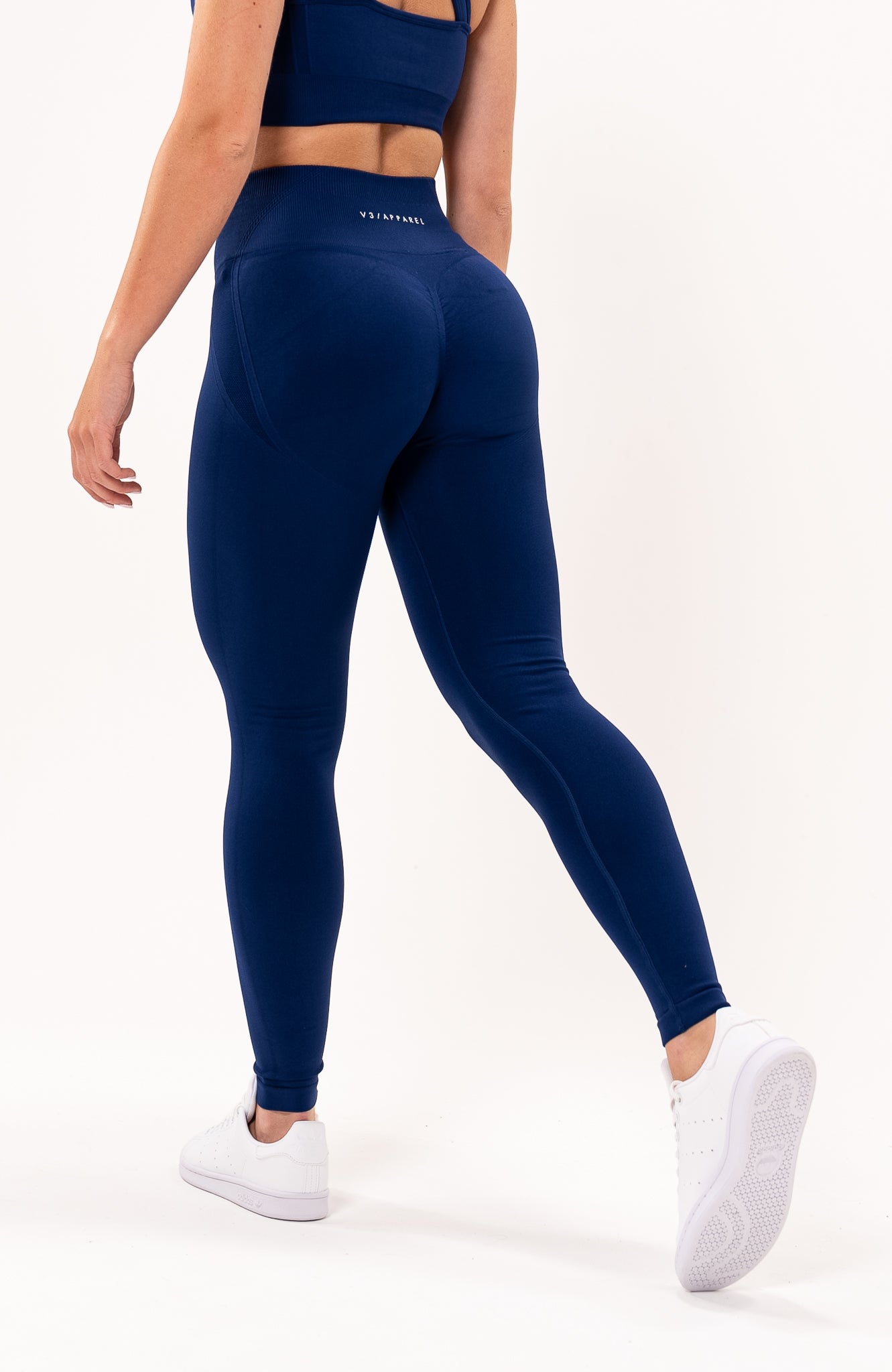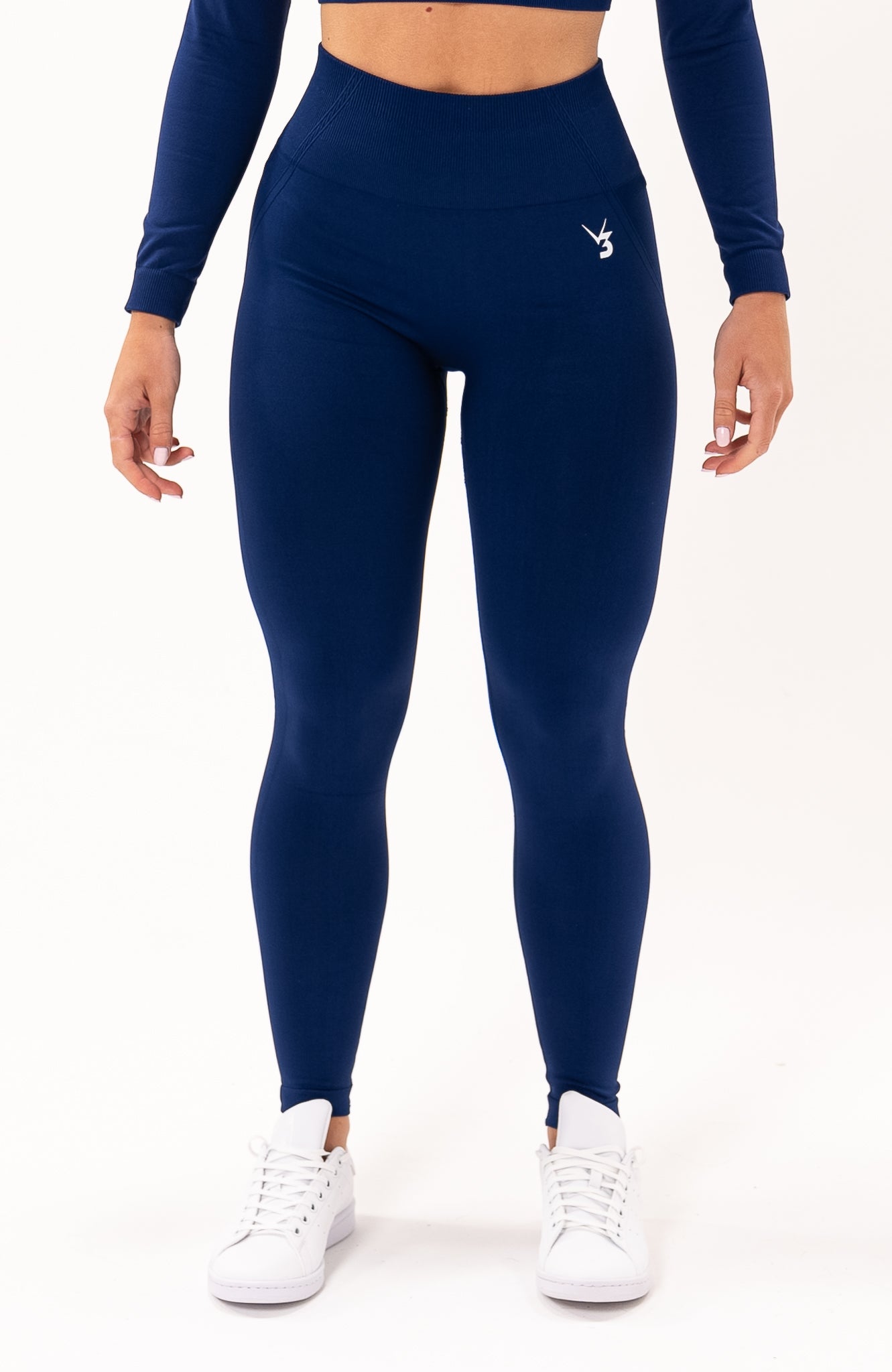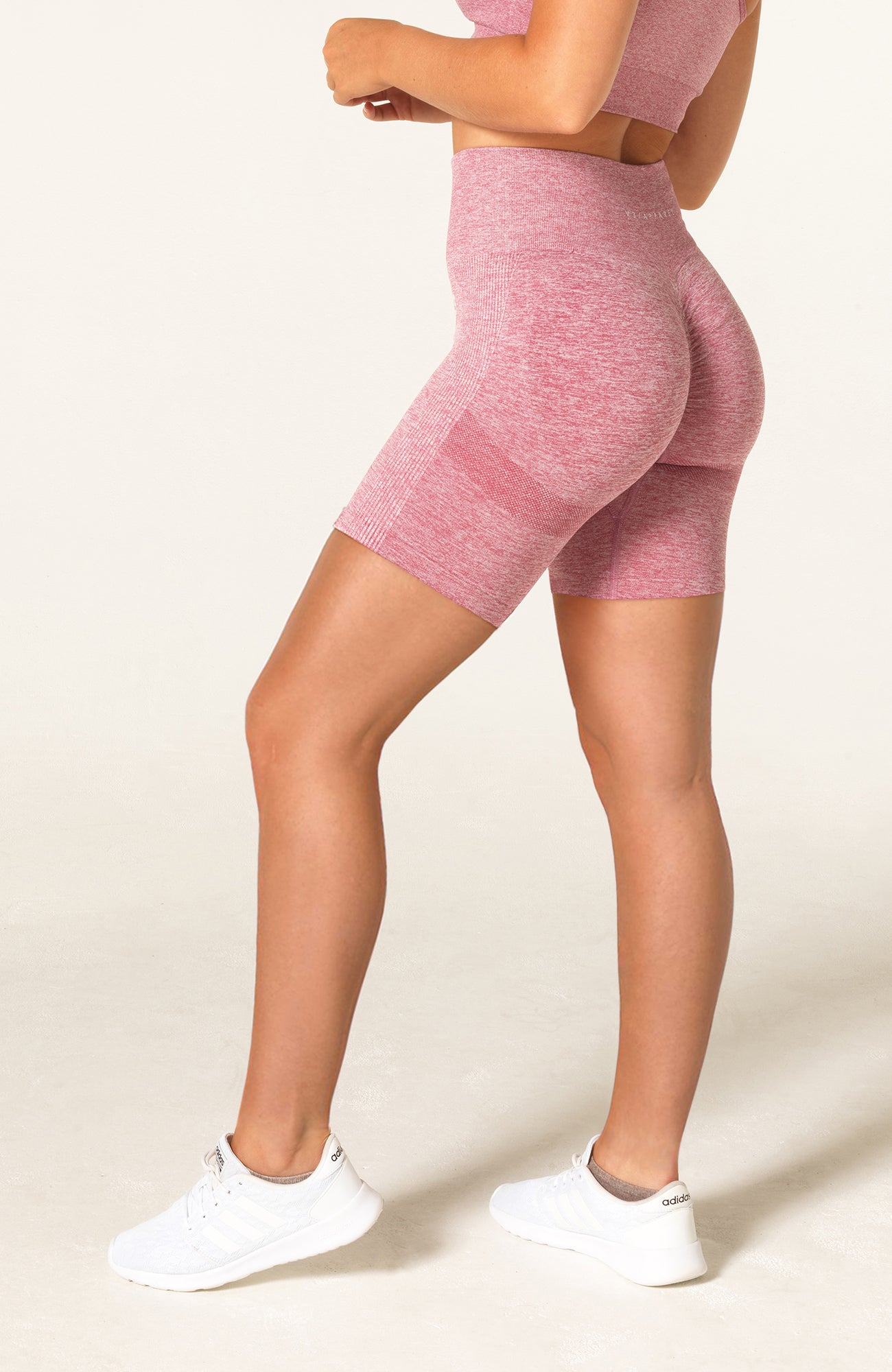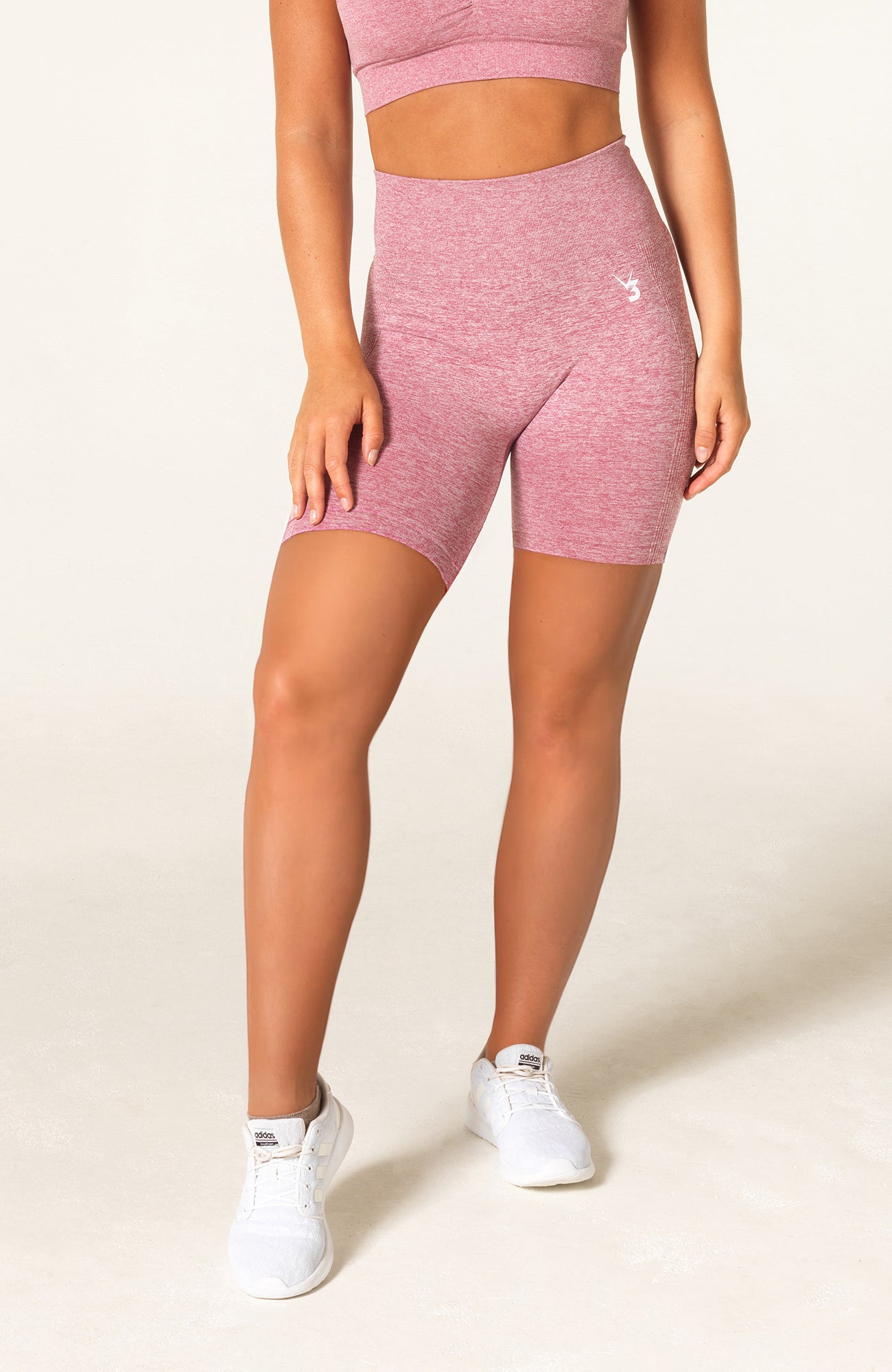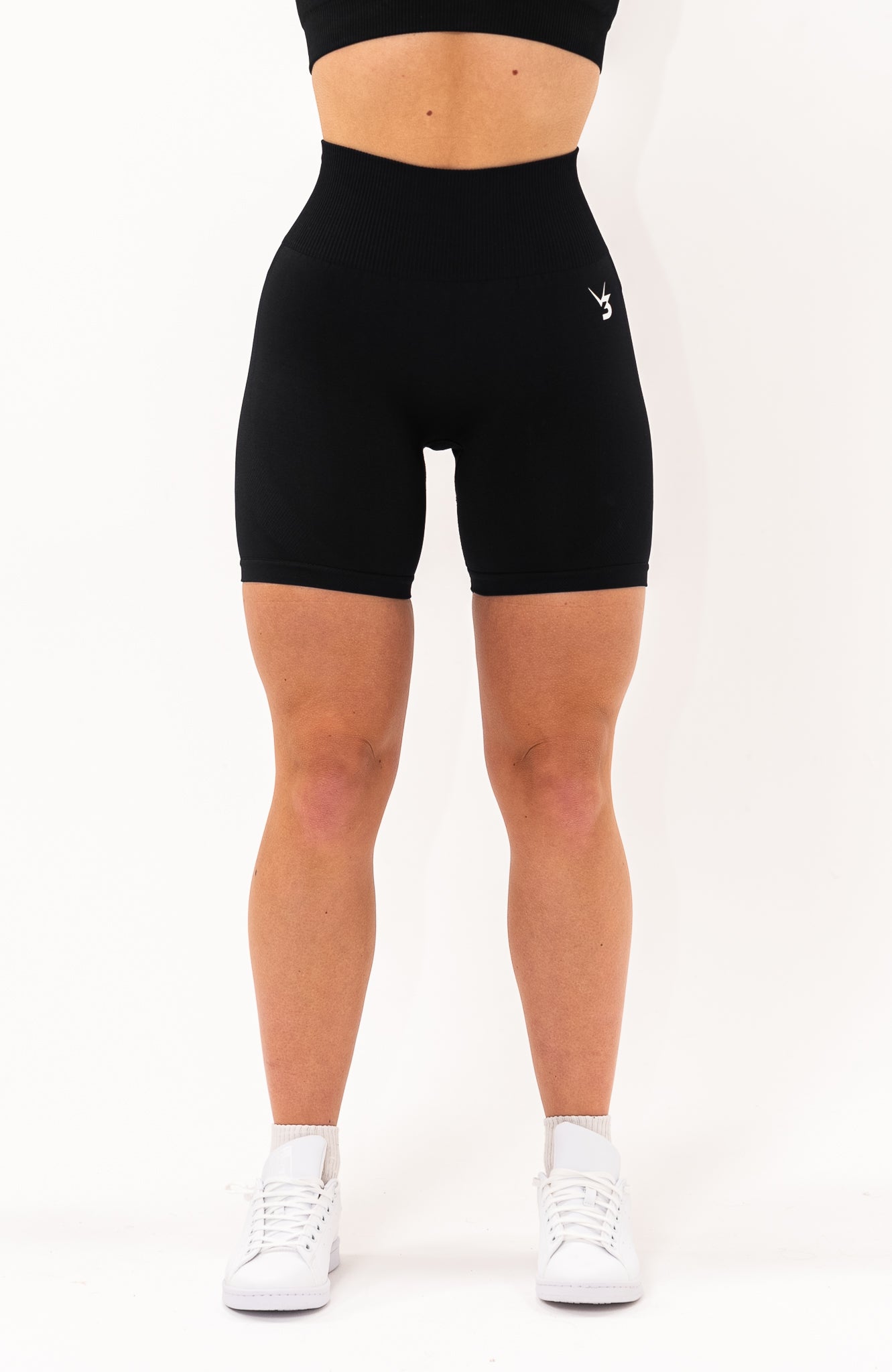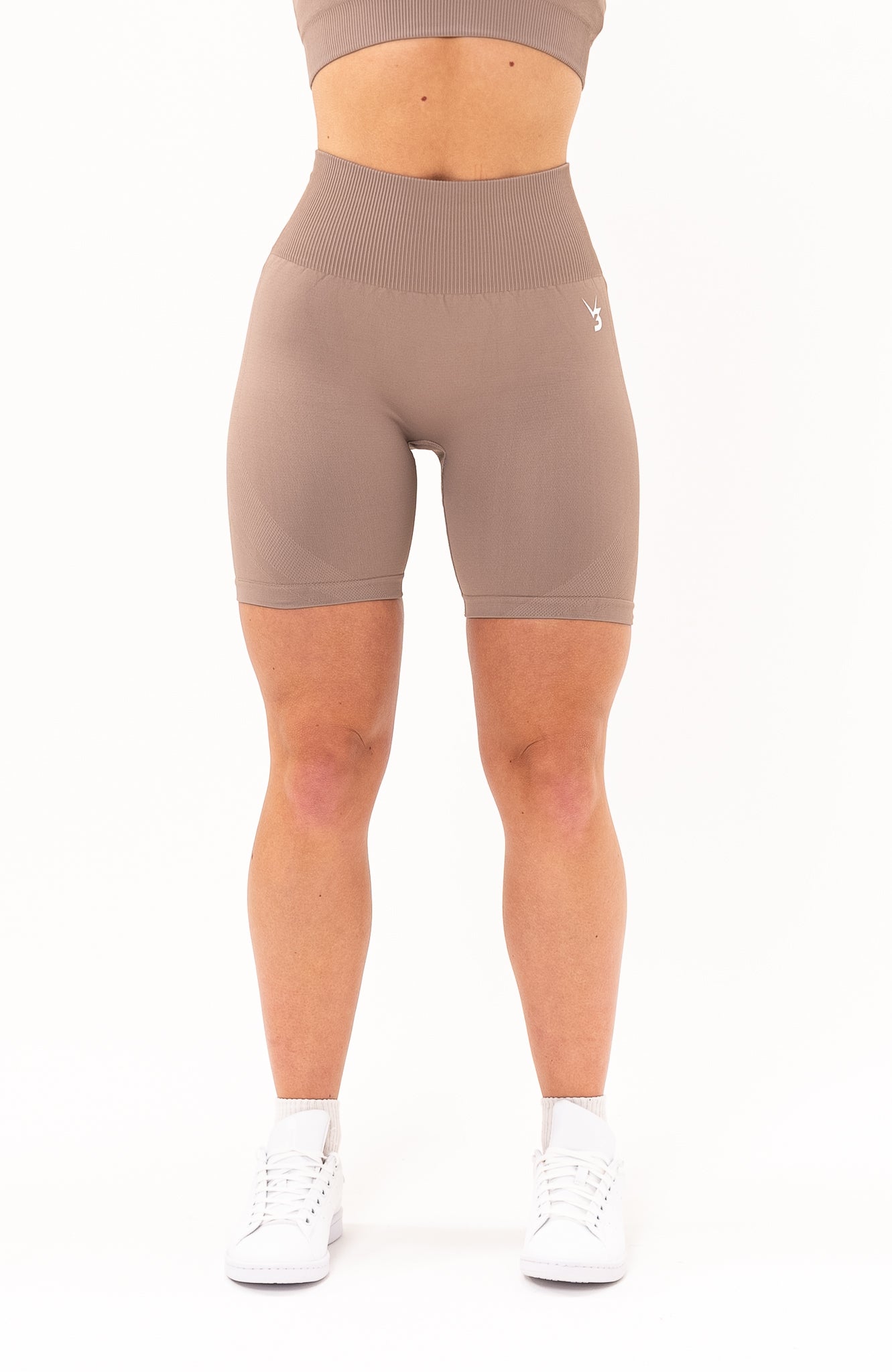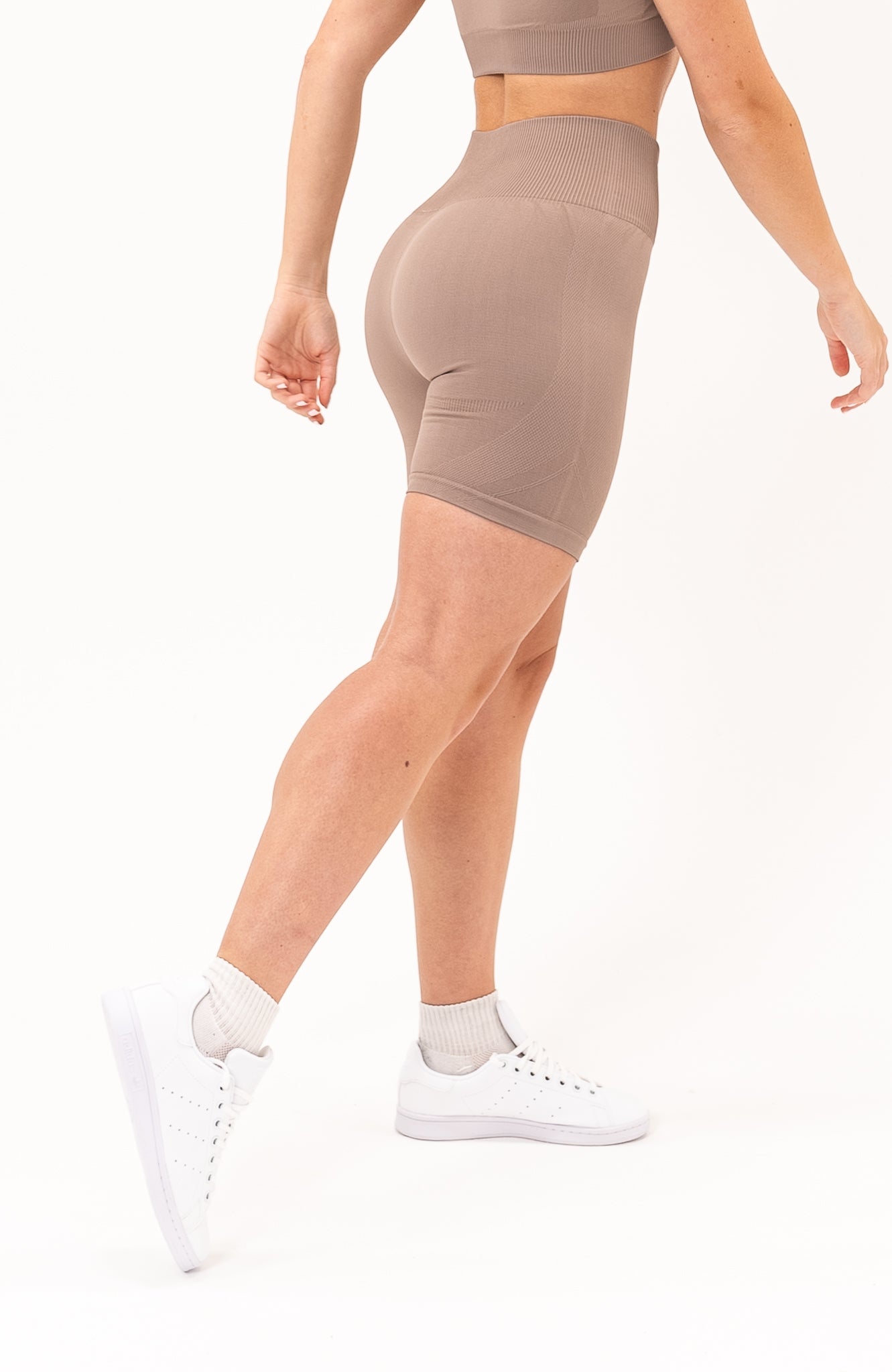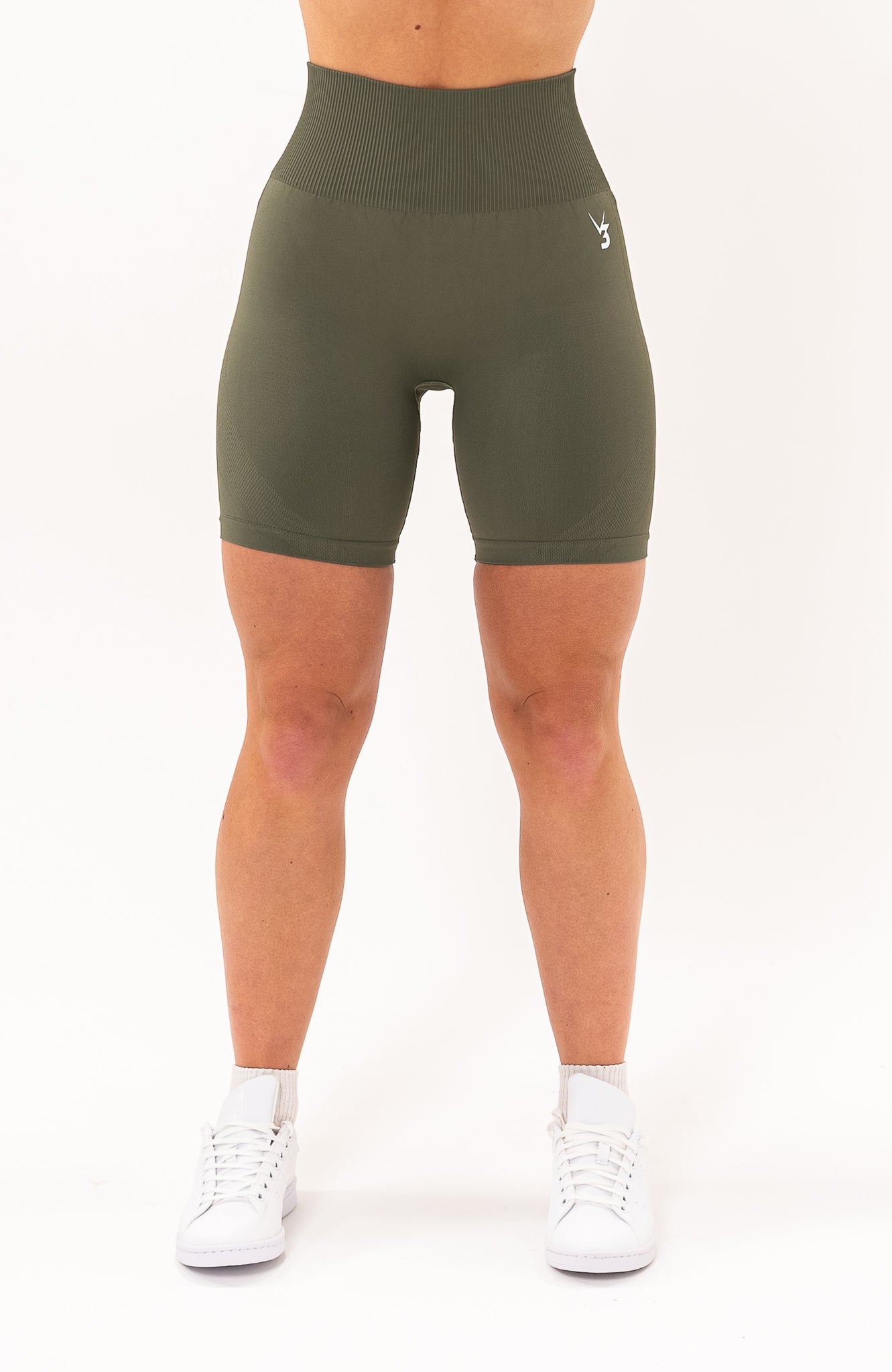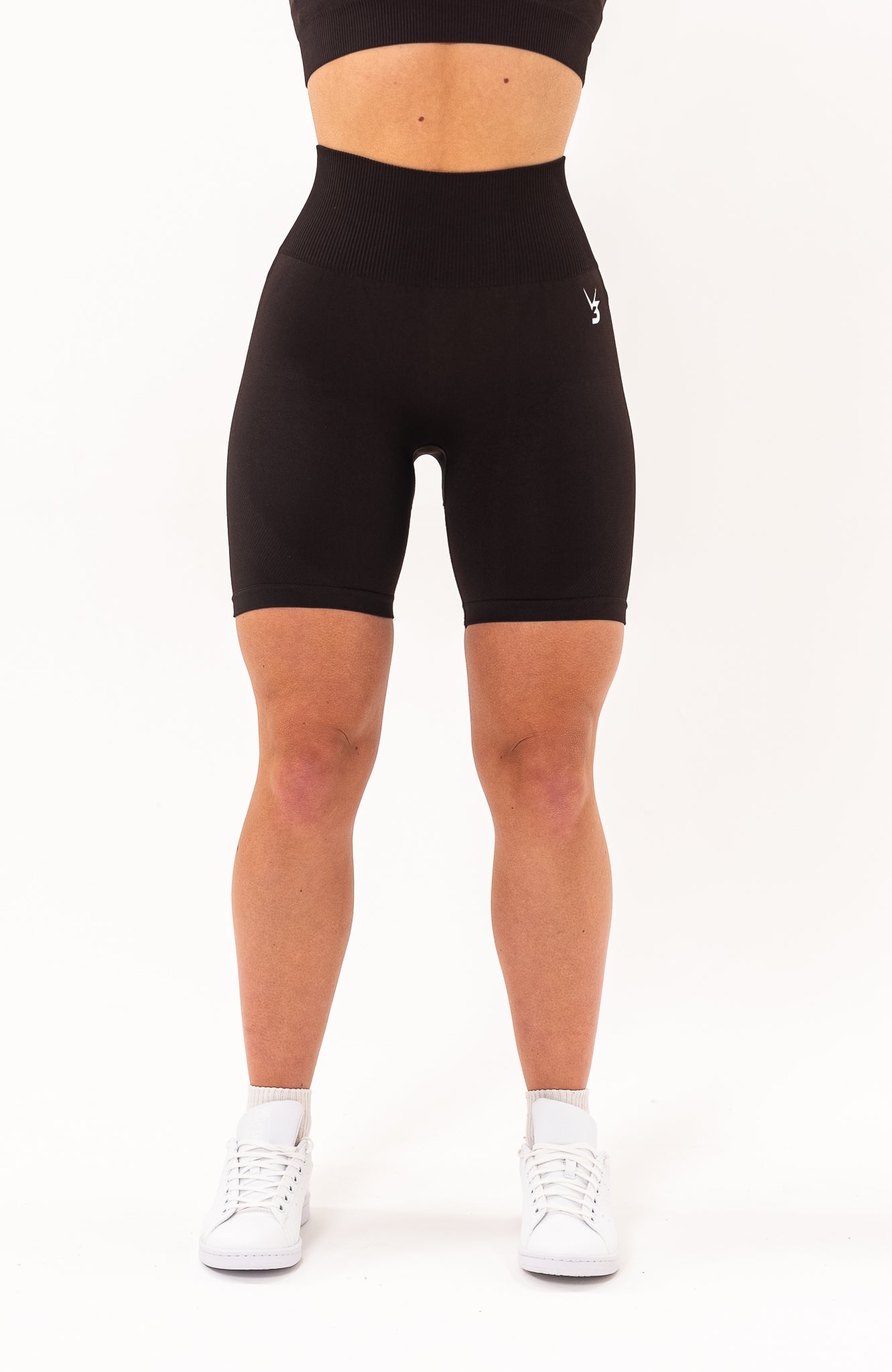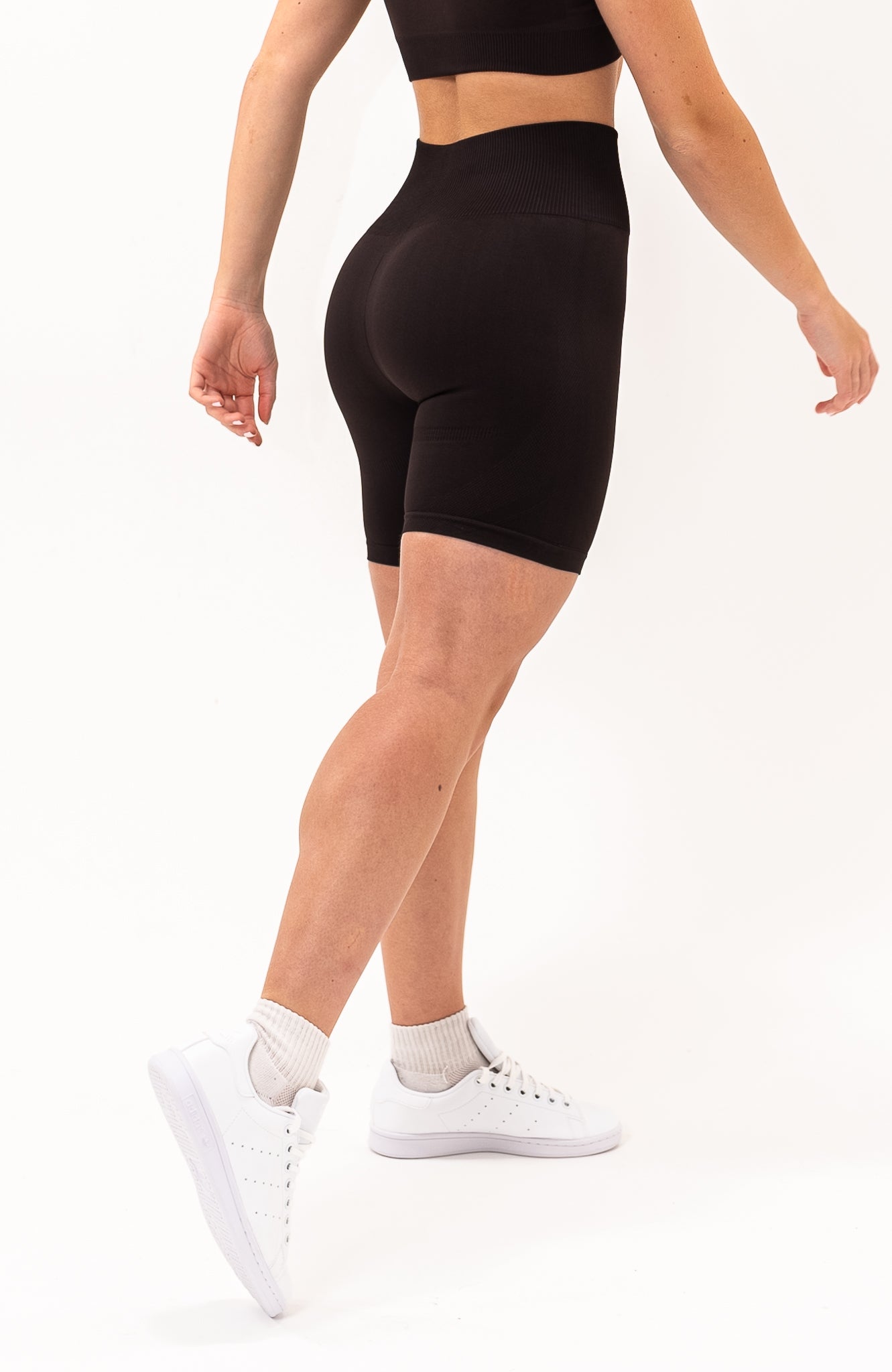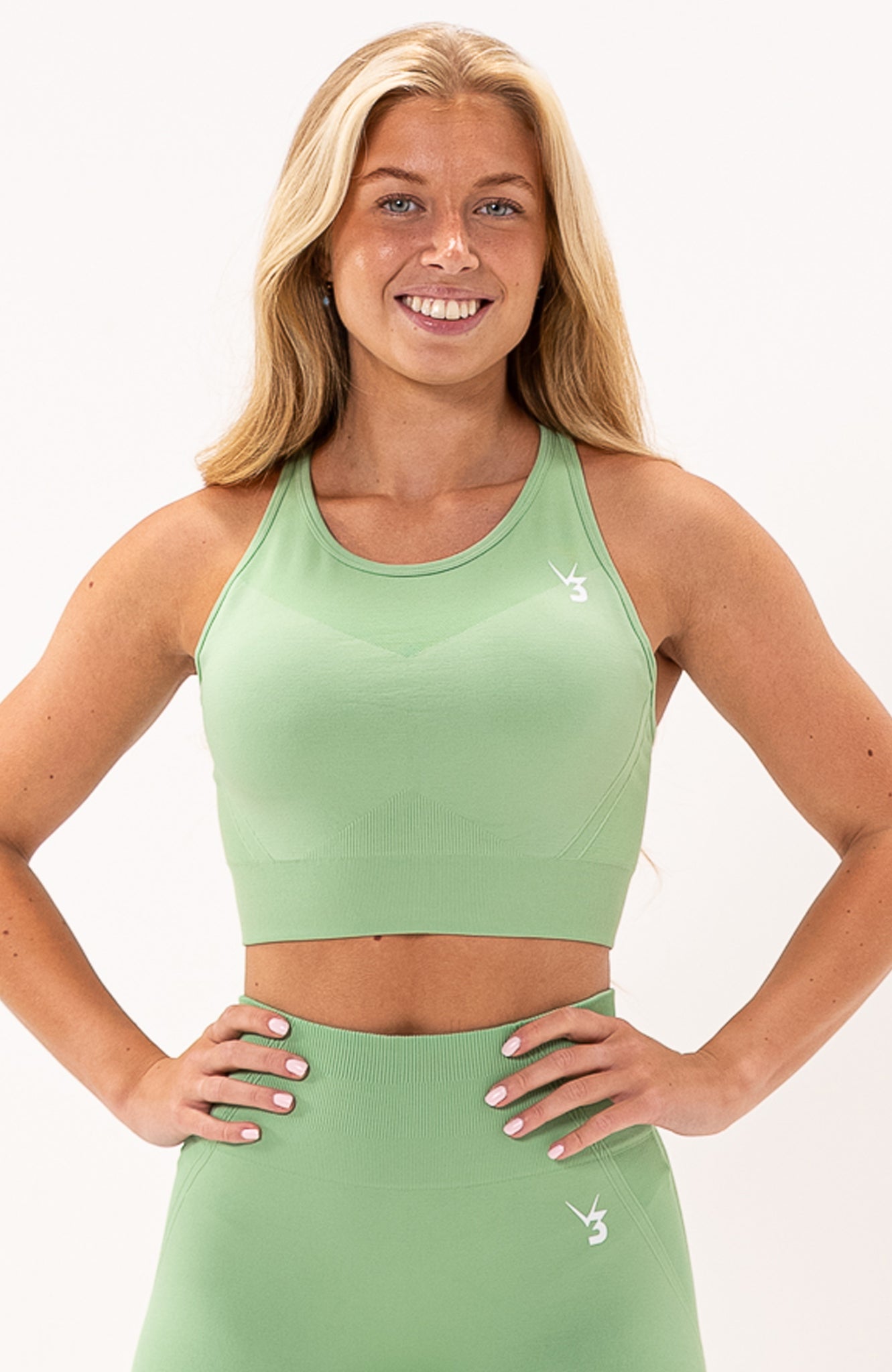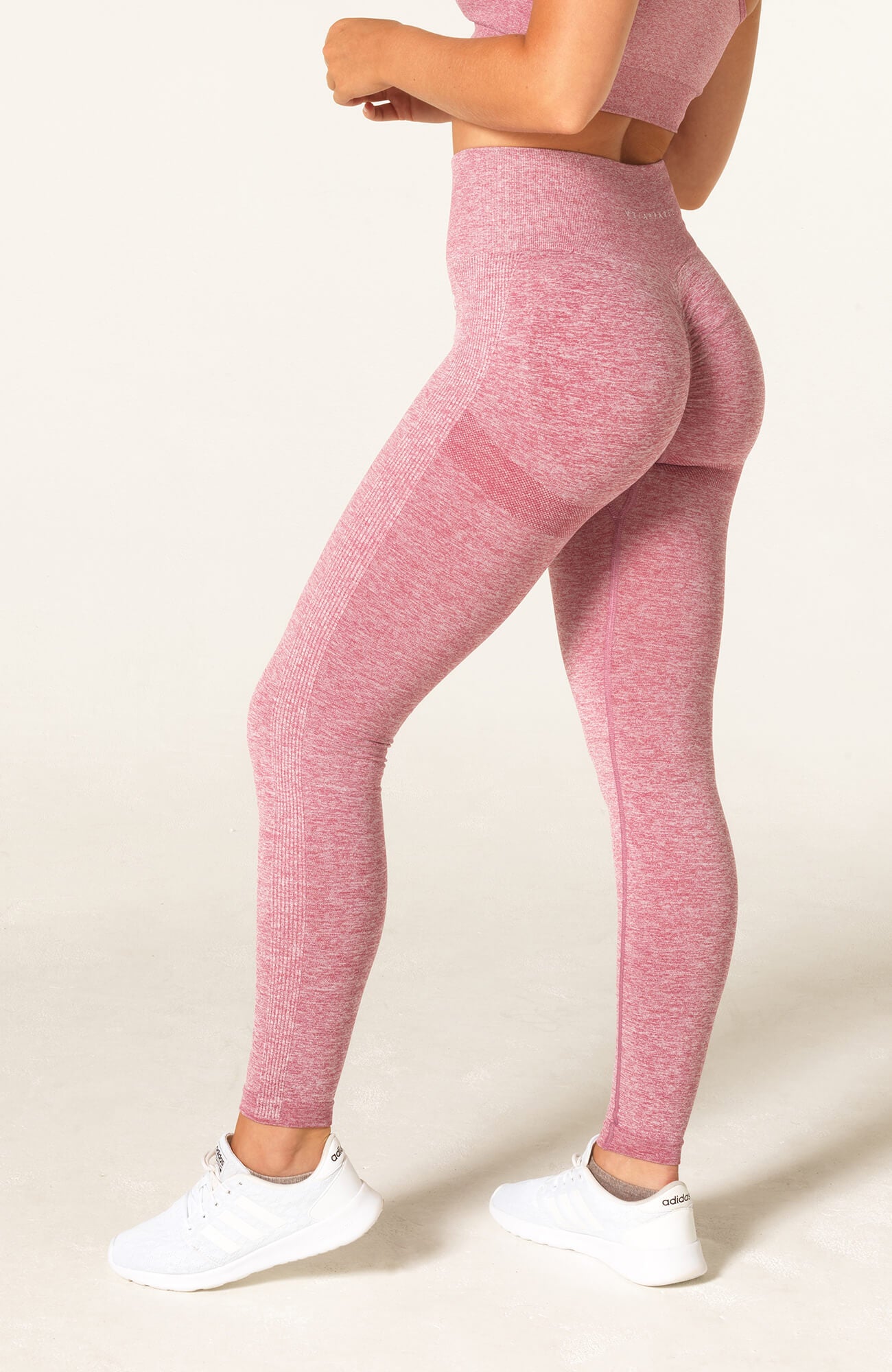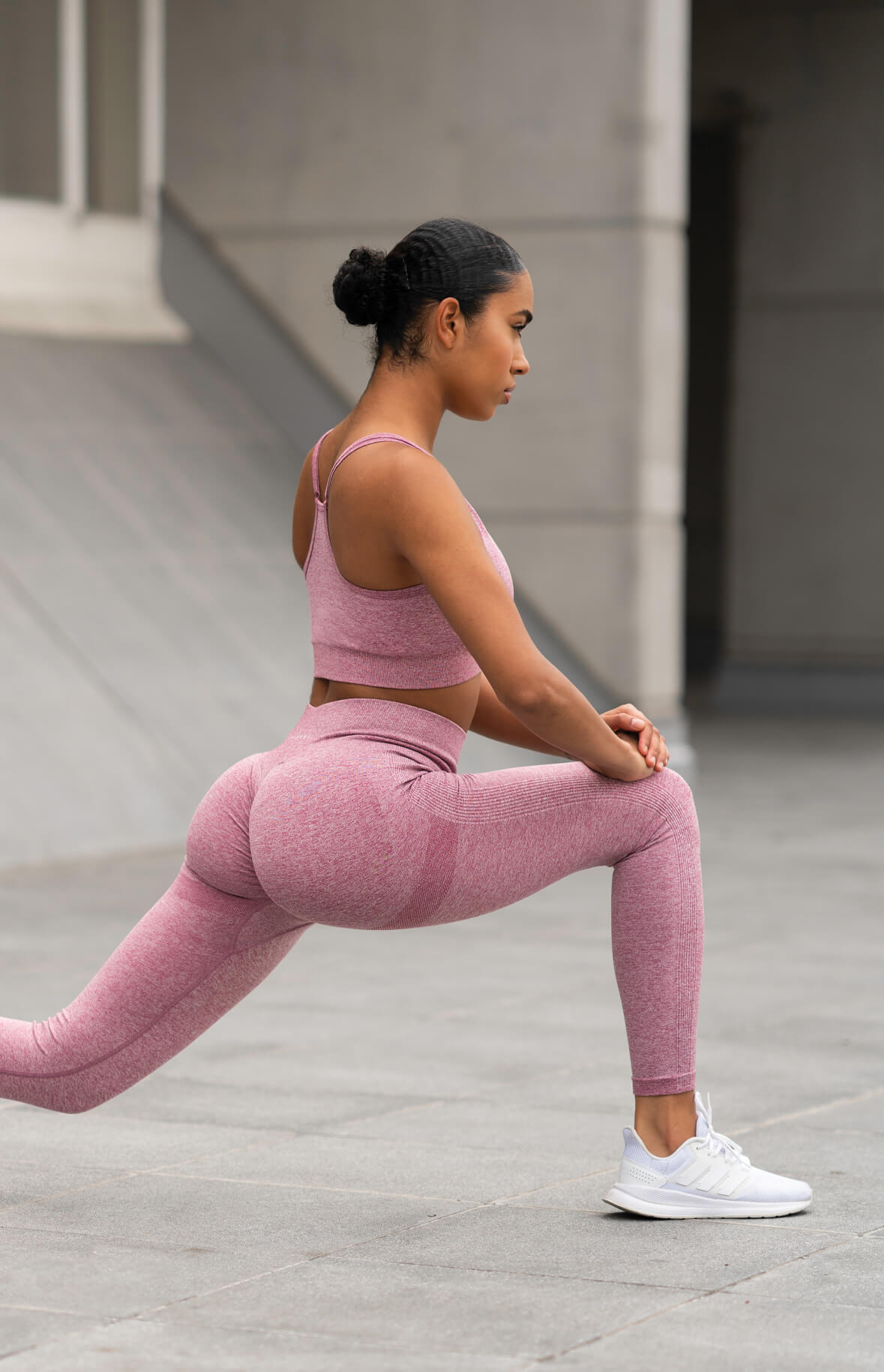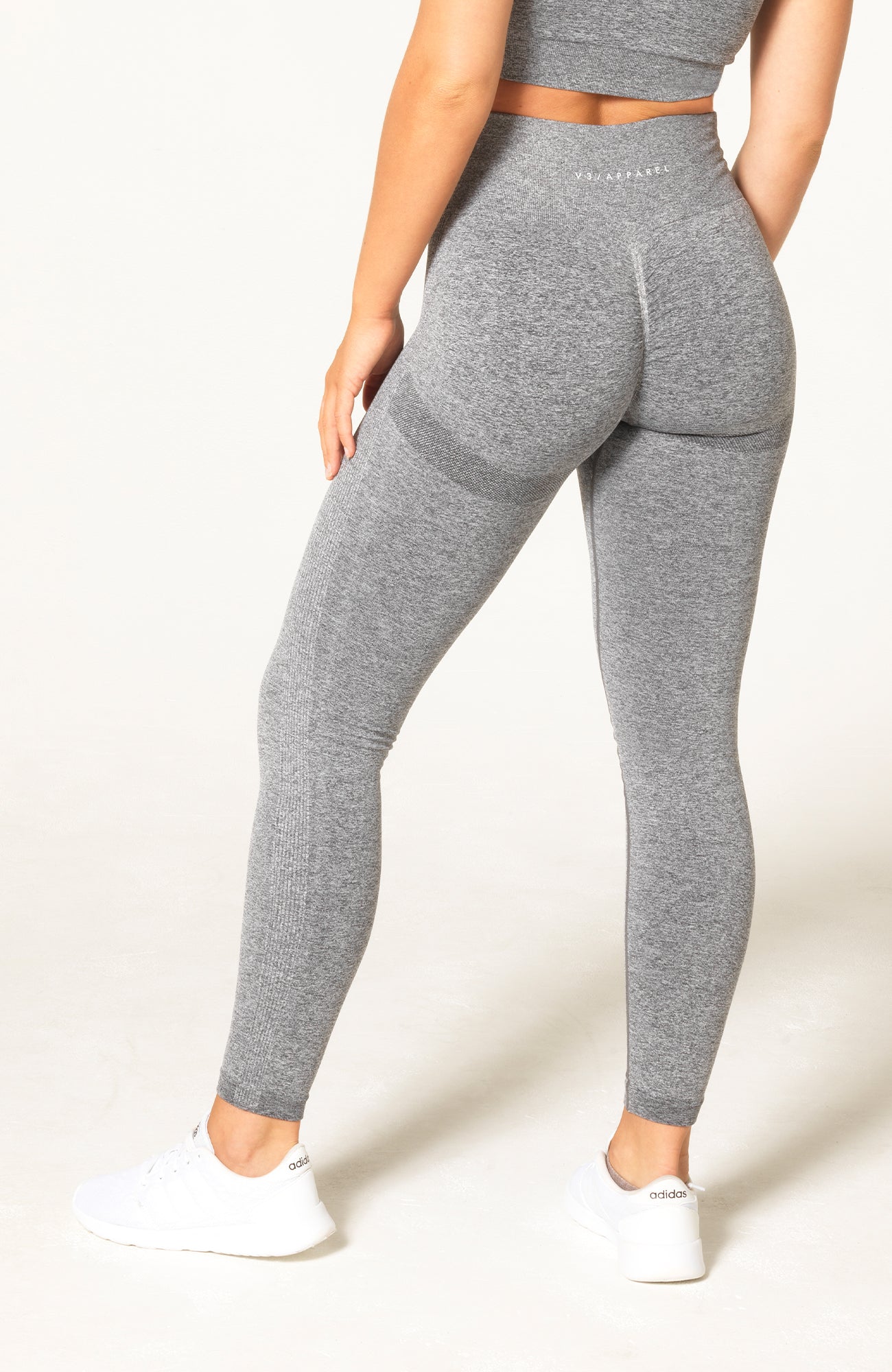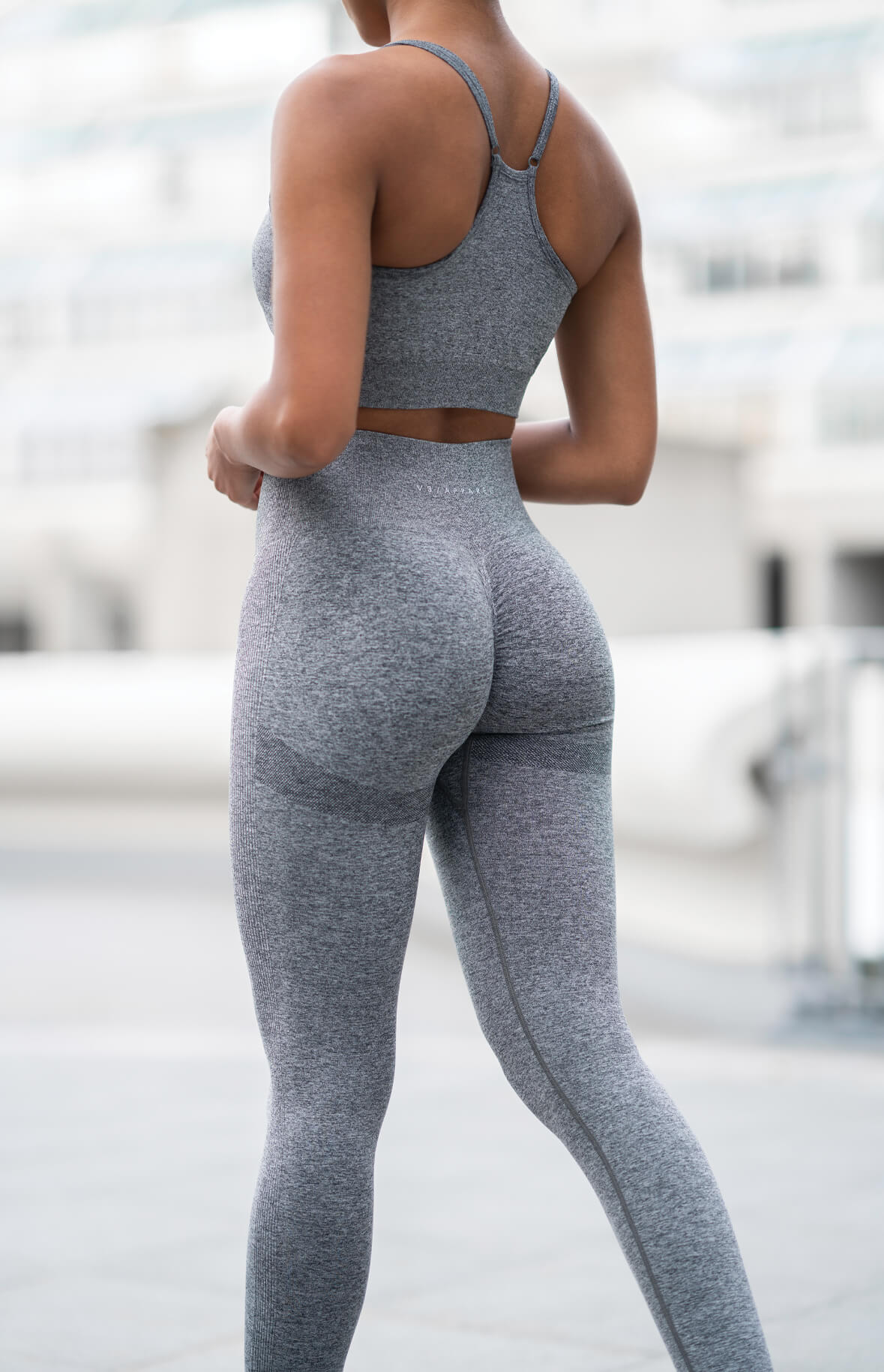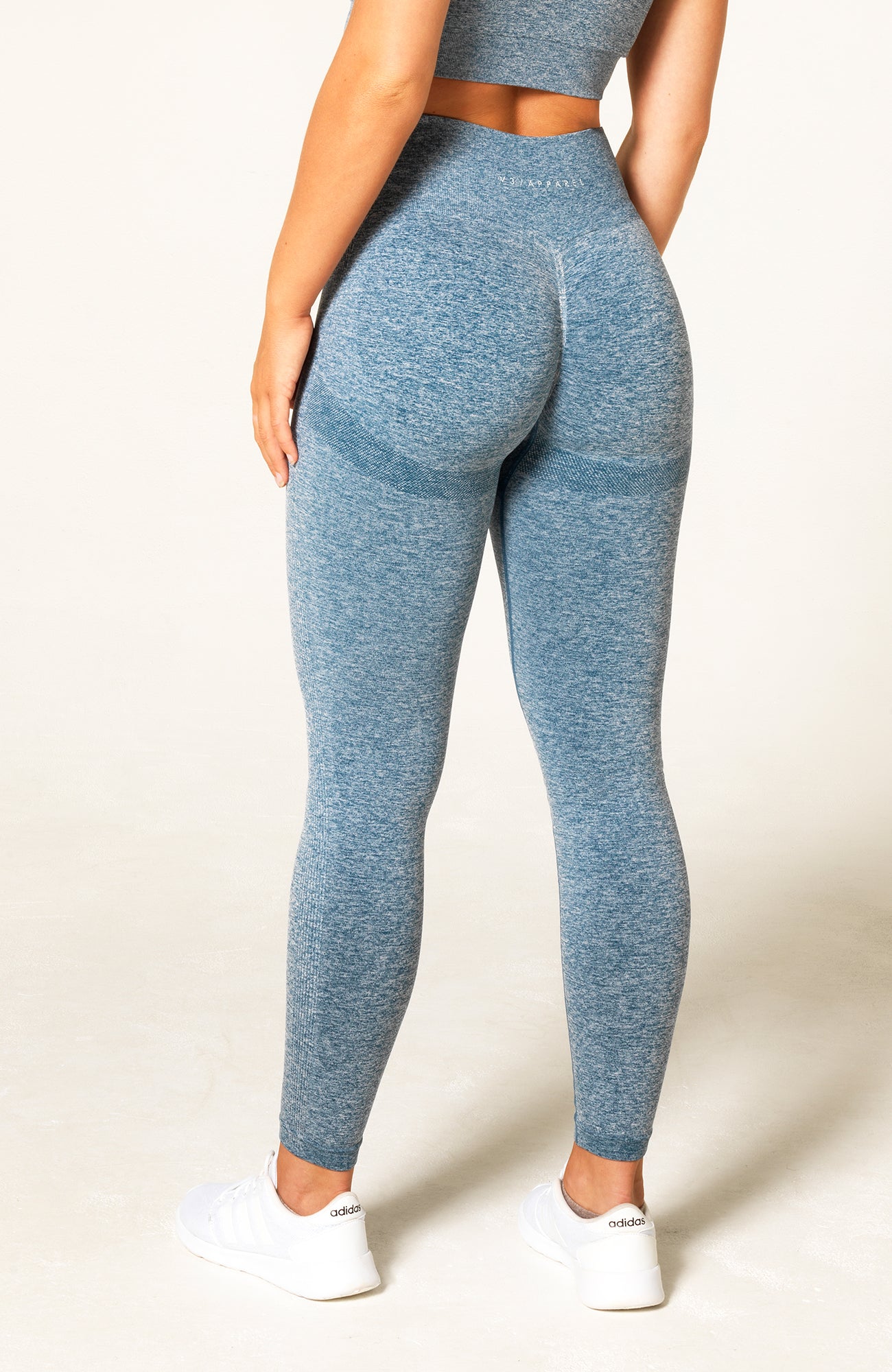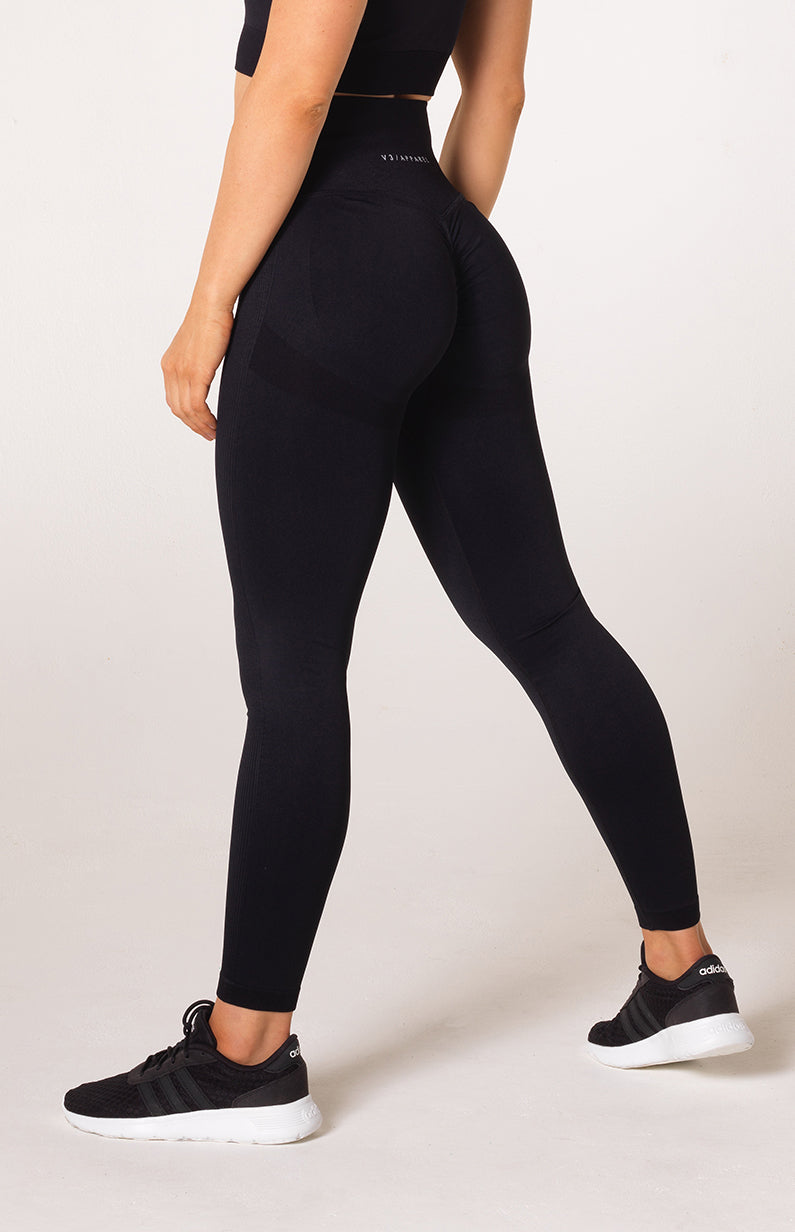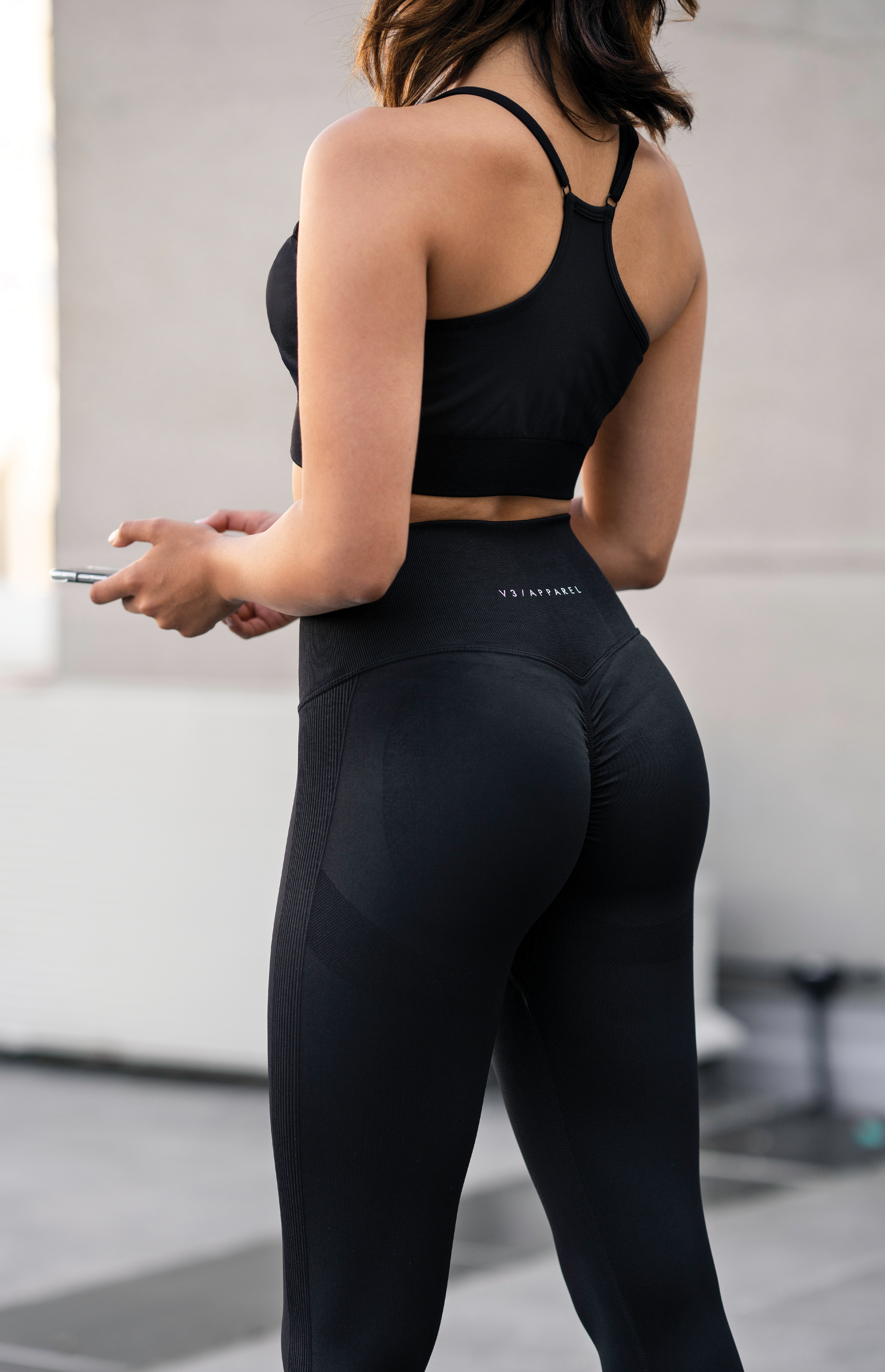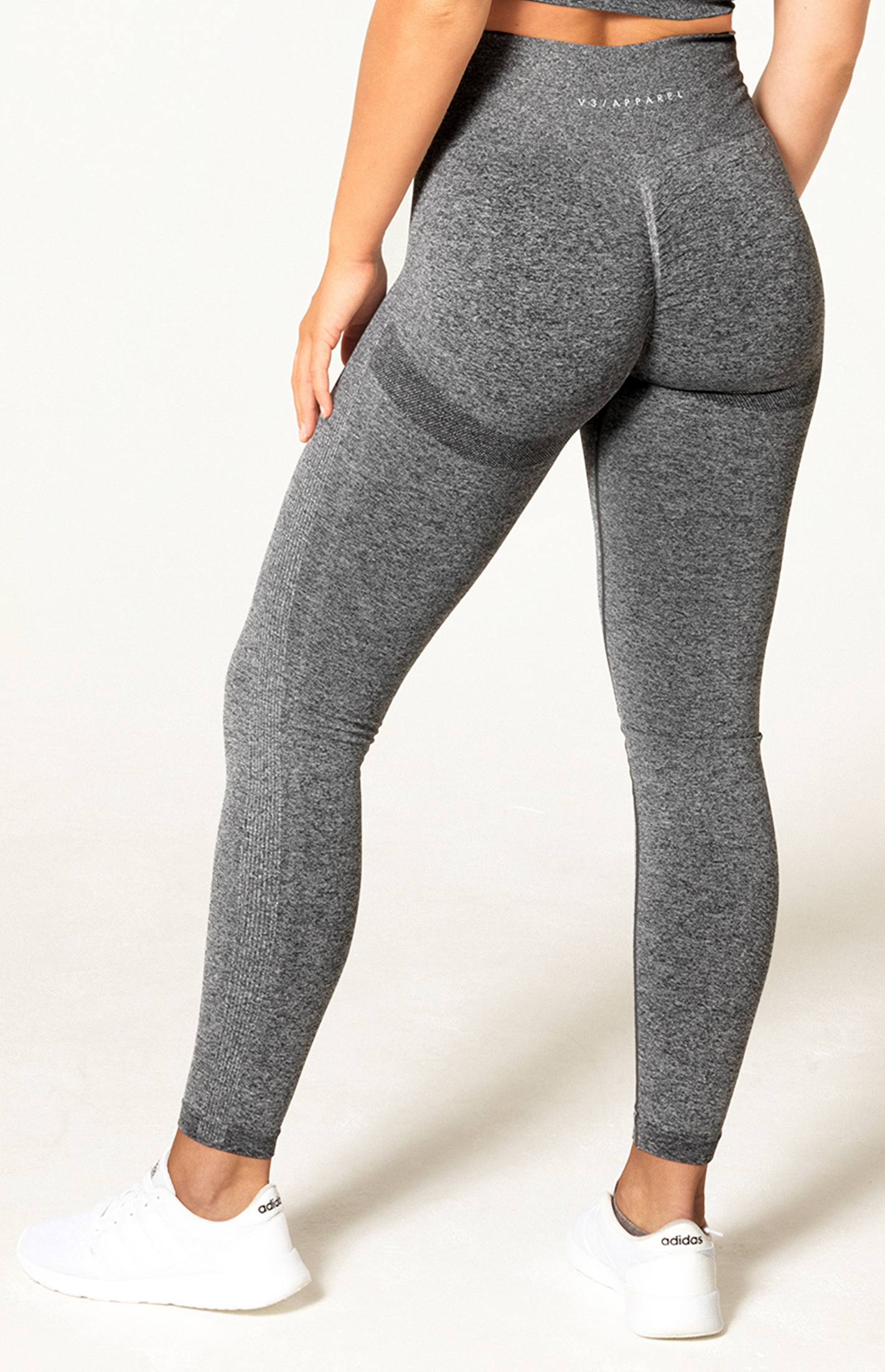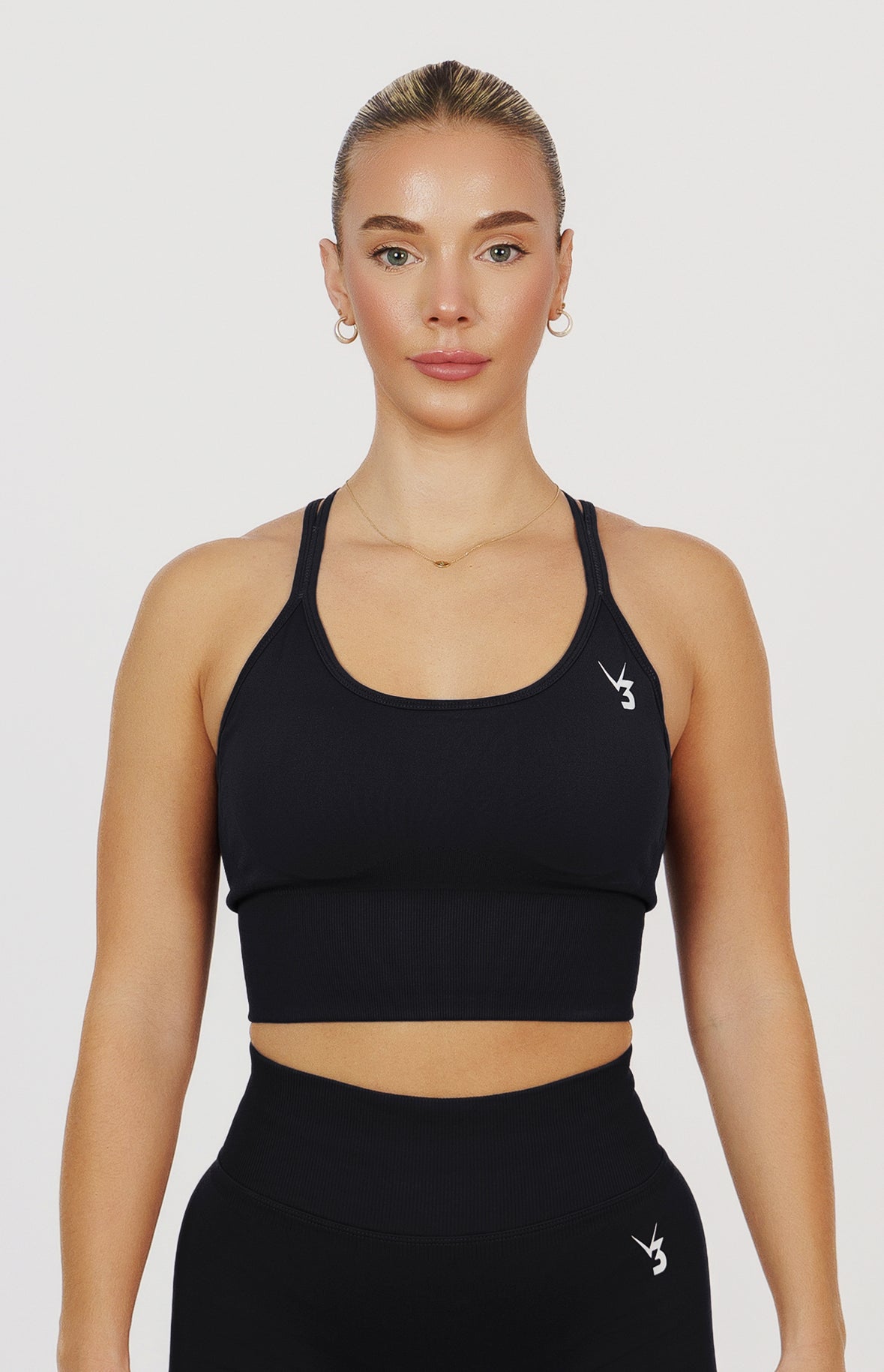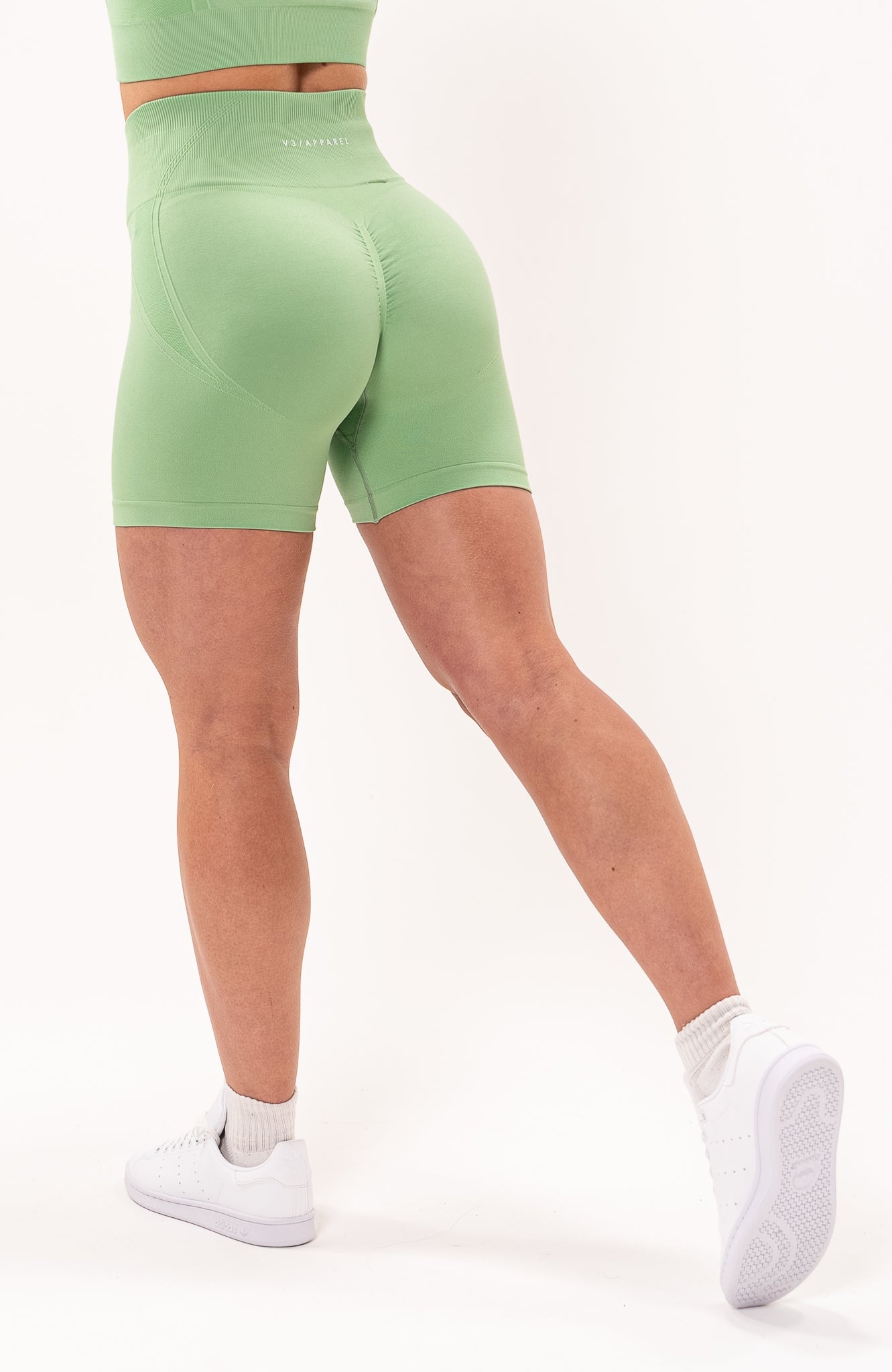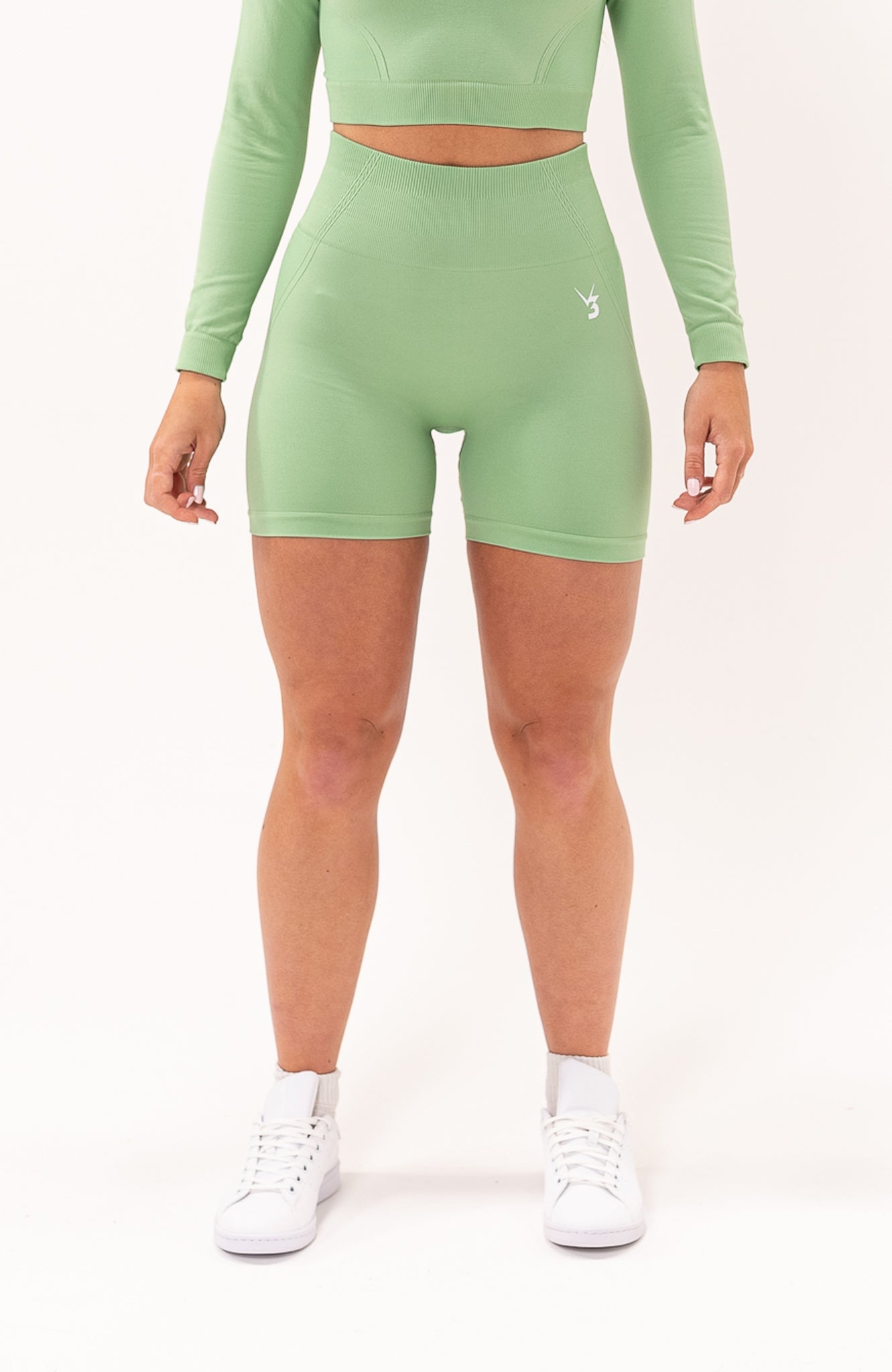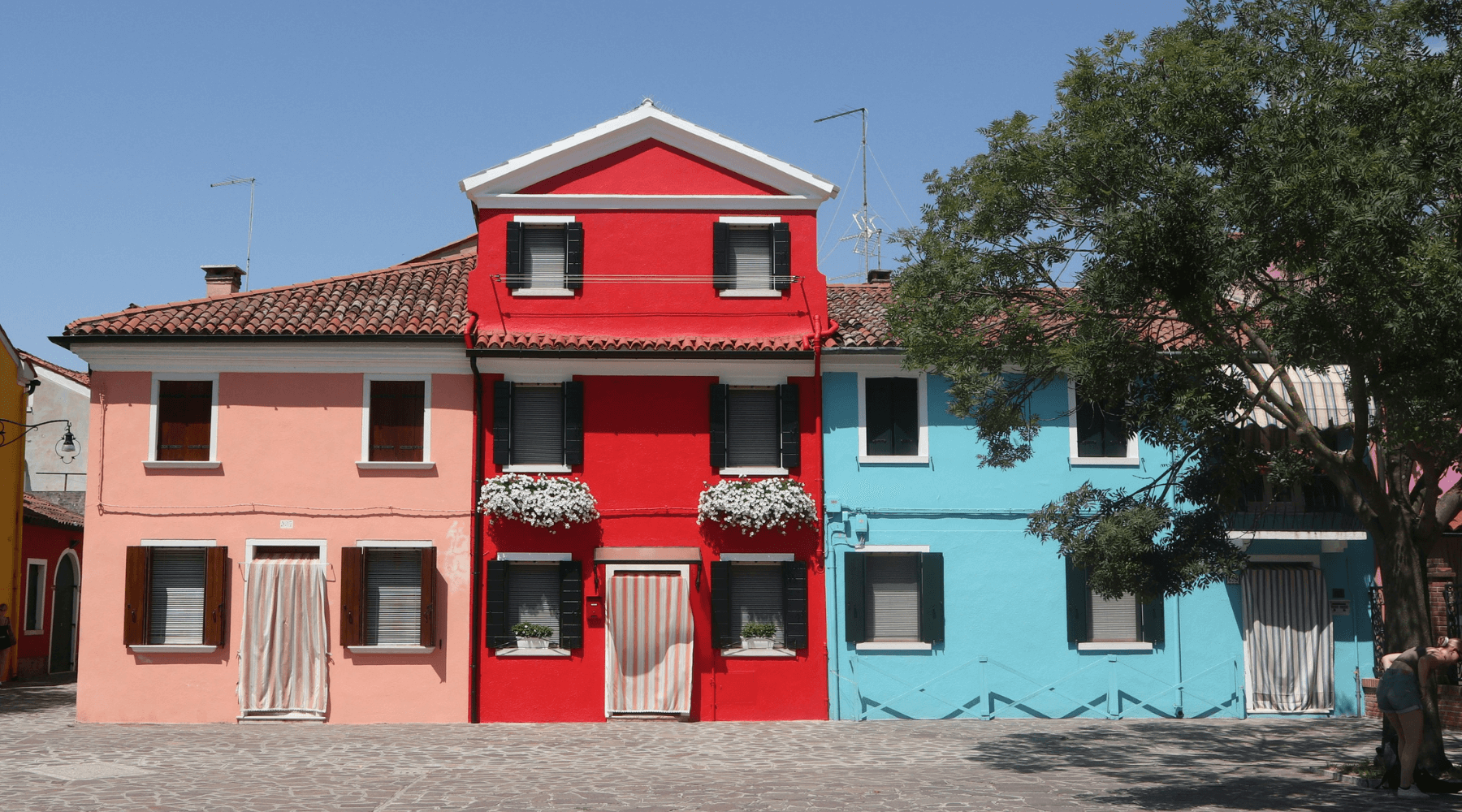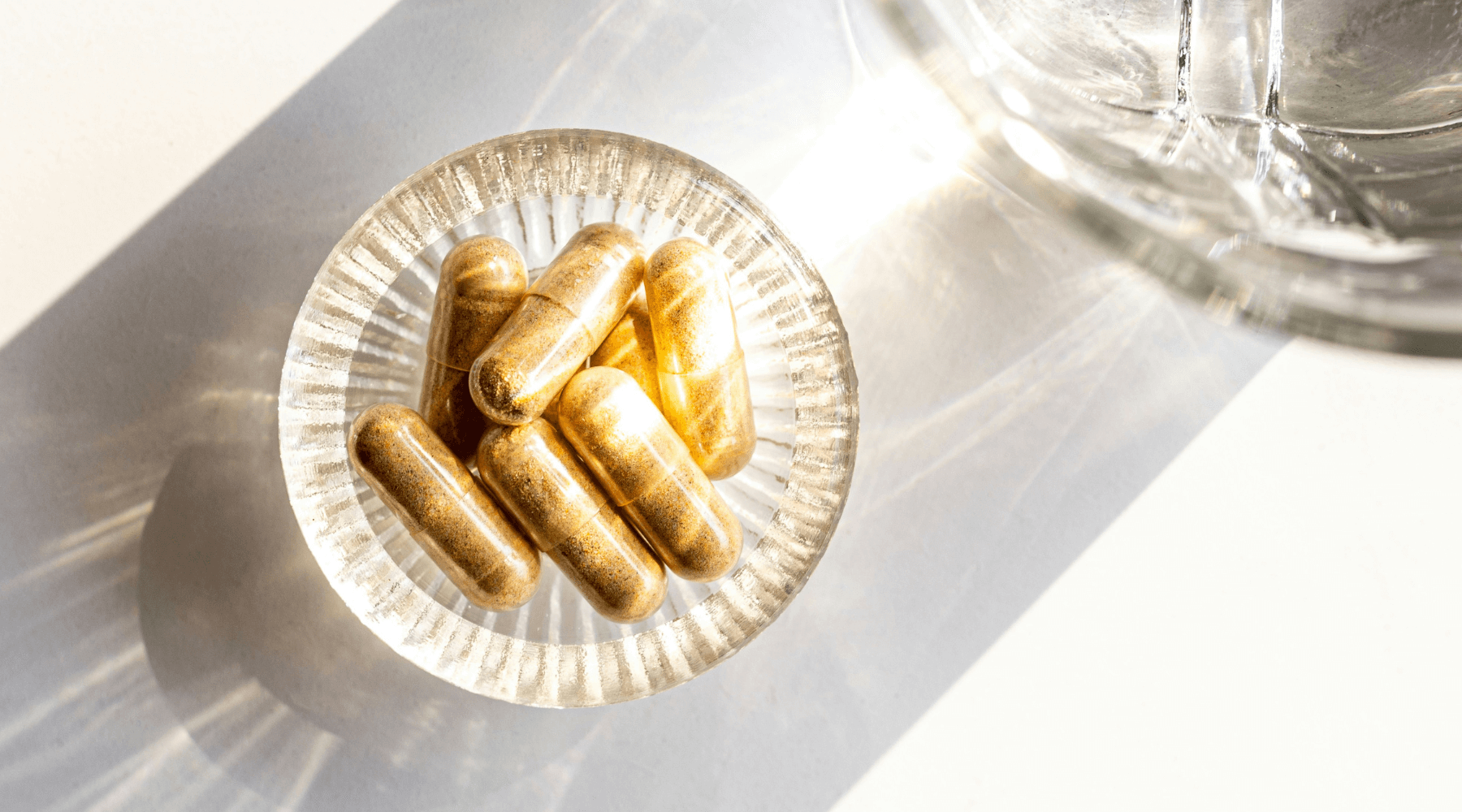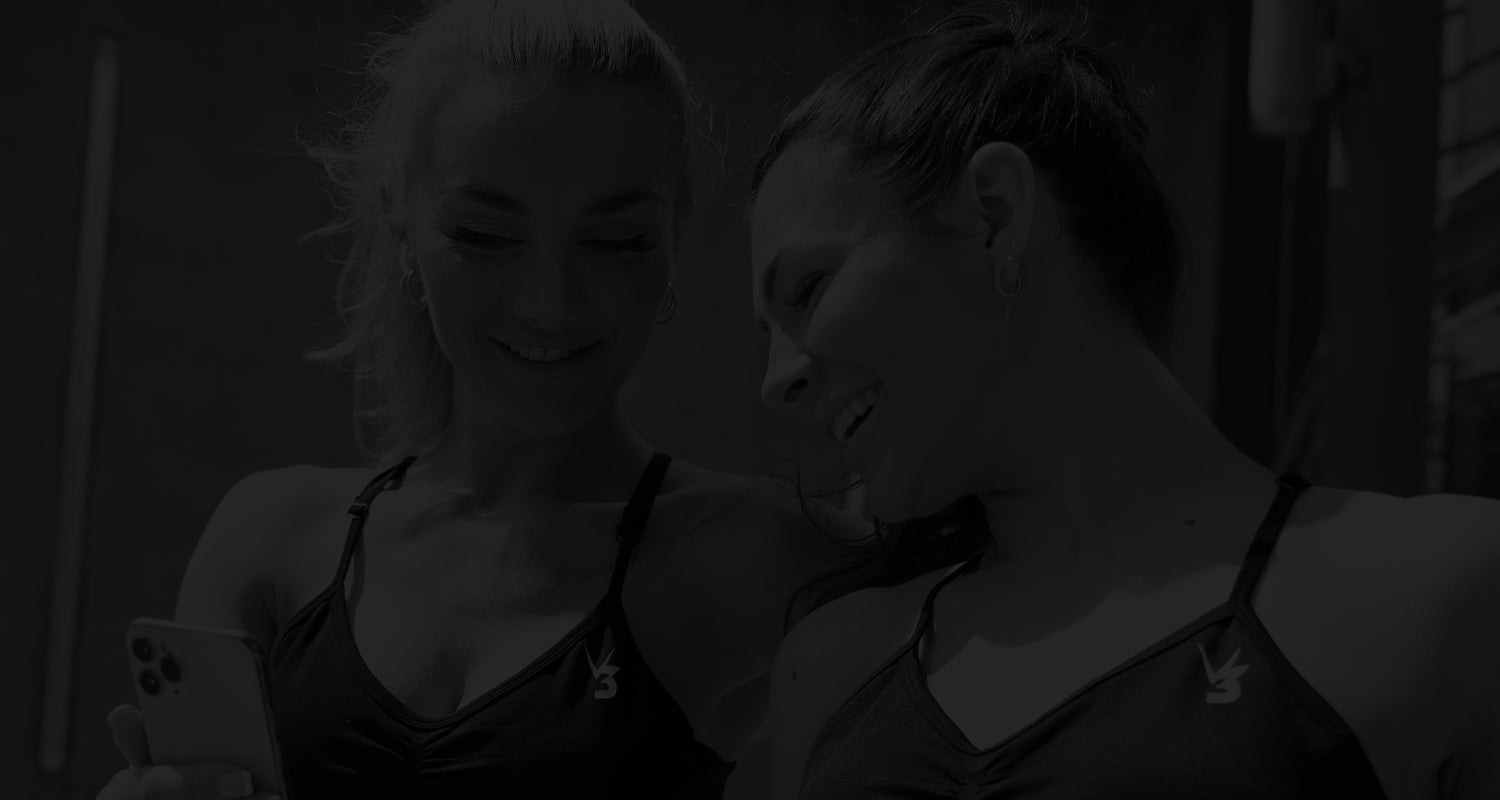
The Science and Use of Cold Exposure for Health
Understanding the Physiology and Practical Benefits of Cold Exposure in Enhancing Health
In the realm of wellness, the practice of exposing oneself to cold temperatures for health benefits has gained significant attention. From ice baths to cold showers, the science behind cold exposure is both intriguing and transformative. In this comprehensive guide, we'll unravel the physiological mysteries and explore the practical applications of cold exposure for optimal health.
The Physiology of Cold Exposure: How It Works
2. 1. Activation of Brown Fat: The Metabolic Powerhouse
Cold exposure activates brown fat, a specialized type of fat that generates heat by burning calories. This process, known as non-shivering thermogenesis, can contribute to weight management and metabolic health.
Reference: Blondin, D. P., Labbé, S. M., Noll, C., Kunach, M., Phoenix, S., Guérin, B., ... & Haman, F. (2014). Selective Impairment of Glucose Oxidation in Brown Adipose Tissue of Subjects With Type 2 Diabetes.
2. Increased Energy Expenditure: Burning Calories in the Cold
Exposure to cold temperatures prompts the body to expend energy to maintain its core temperature. This increased energy expenditure, often in the form of burning calories, can contribute to weight loss and improved metabolic function.
Reference: van der Lans, A. A., Hoeks, J., Brans, B., Vijgen, G. H., Visser, M. G., Vosselman, M. J., ... & van Marken Lichtenbelt, W. D. (2013). Cold acclimation recruits human brown fat and increases nonshivering thermogenesis.
3. Vasoconstriction and Vasodilation: Enhancing Circulatory Function
Exposure to cold triggers vasoconstriction, a narrowing of blood vessels, followed by vasodilation, the widening of these vessels. This dynamic process enhances circulation, optimizing the delivery of oxygen and nutrients to cells and tissues.
Reference: Stanley, J., Peake, J. M., & Buchheit, M. (2013). Consecutive days of cold water immersion: effects on cycling performance and heart rate variability.
4. Endorphin Release: The Natural Feel-Good Boost
Cold exposure stimulates the release of endorphins, the body's natural mood enhancers. This hormonal surge contributes to a sense of well-being and can act as a natural remedy for stress and anxiety.
Reference: Rymaszewska, J., Ramsey, D., Chładzińska-Kiejna, S., & Szcześniak, D. (2003). Whole-body cryotherapy as adjunct treatment of depressive and anxiety disorders.

Practical Applications: How to Incorporate Cold Exposure
1. Cold Showers: A Gradual Introduction to Cold Exposure
Start by incorporating cold showers into your routine. Gradually decrease the water temperature, allowing your body to acclimate to the cold. Cold showers offer a convenient and accessible way to experience the benefits of cold exposure.
2. Ice Baths: Deep Dive into Controlled Cold Immersion
Ice baths involve immersing your body in cold water, usually around 10-15 degrees Celsius. This controlled cold immersion is favored by athletes for its ability to accelerate muscle recovery and reduce inflammation.
Reference: Bleakley, C., McDonough, S., & Gardner, E. (2012). Cold-water immersion (cryotherapy) for preventing and treating muscle soreness after exercise.
3. Cold Water Swimming: Nature's Cold Therapy
For the adventurous, cold water swimming in natural bodies of water provides a holistic cold exposure experience. This activity combines the benefits of cold exposure with the therapeutic effects of nature.
Benefits Beyond the Physical: Mental and Emotional Well-Being
1. Stress Reduction: Chilling for Mental Resilience
Cold exposure has been linked to a reduction in stress hormones, contributing to stress management and improved mental resilience. The release of endorphins during cold exposure further enhances mood.
Reference: Roberts, L. A., Raastad, T., Markworth, J. F., Figueiredo, V. C., Egner, I. M., Shield, A., ... & Peake, J. M. (2015). Post-exercise cold water immersion attenuates acute anabolic signalling and long-term adaptations in muscle to strength training.
2. Improved Sleep Quality: A Cool Route to Restful Nights
The drop in core body temperature after cold exposure mimics the body's natural temperature drop before sleep. This can contribute to improved sleep quality, making cold exposure a potential remedy for sleep-related issues.
Reference: Halson, S. L., & Quod, M. J. (2017). Sleep and the athlete: narrative review and 2021 expert consensus recommendations.
Safety Considerations and Precautions
While the benefits of cold exposure are compelling, it's crucial to approach it with caution, especially for individuals with certain health conditions. Always consult with a healthcare professional before incorporating cold exposure practices, and start gradually to allow your body to adapt.
Exploring the Scientific Benefits and Practical Applications for Optimal Health
In conclusion, the science and use of cold exposure for health open a door to a realm of transformative benefits. From physiological enhancements to mental and emotional well-being, controlled cold exposure can be a powerful tool in your wellness arsenal. Whether you opt for cold showers, ice baths, or cold water swimming, incorporating these practices mindfully can lead to a healthier and more resilient you.
The information provided is for educational and informational purposes only and is not intended as a substitute for professional medical advice, diagnosis, or treatment. Always seek the advice of your physician or other qualified healthcare providers with any questions you may have regarding a medical condition or treatment and before undertaking a new health care regimen. V3 Apparel does not provide medical advice, diagnosis, or treatment, and should not be liable for any damages or losses resulting from the use of the information provided. The use of any information provided is solely at your own risk.


